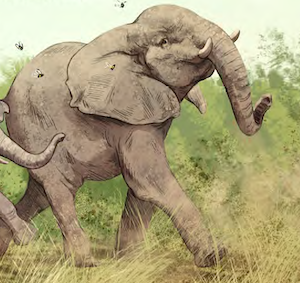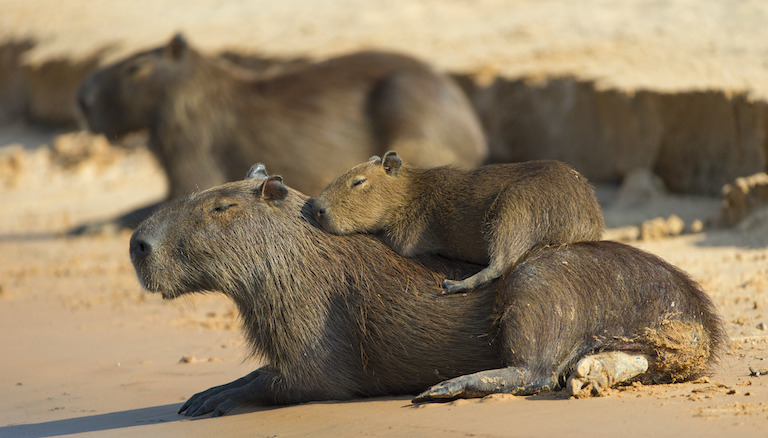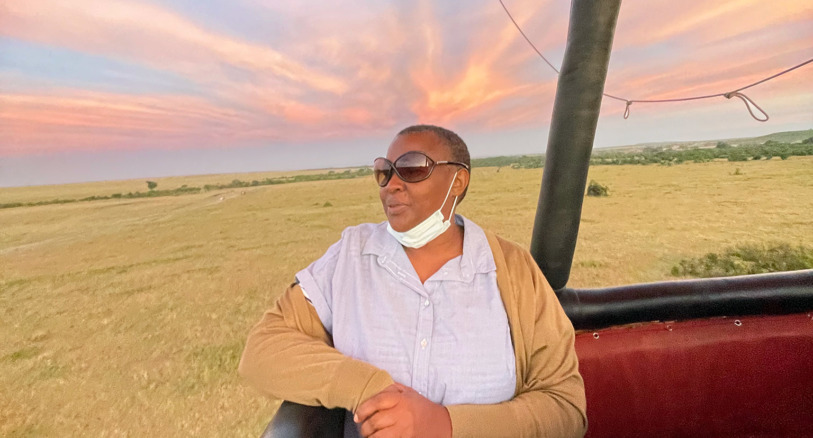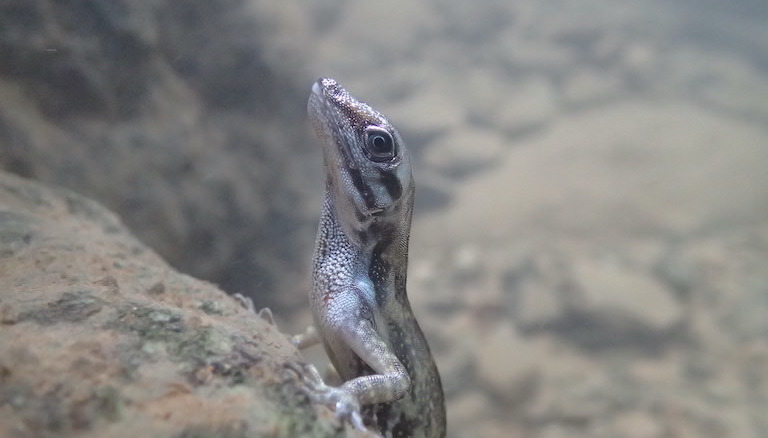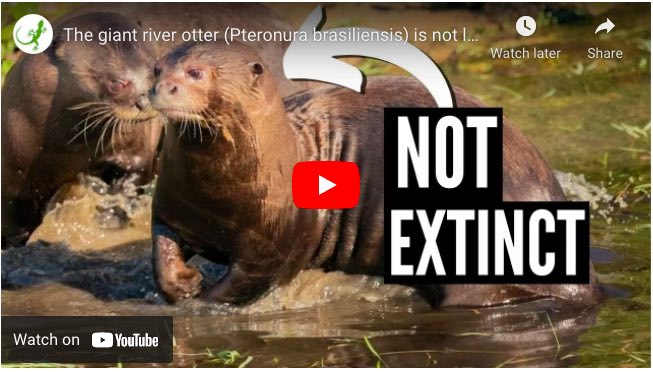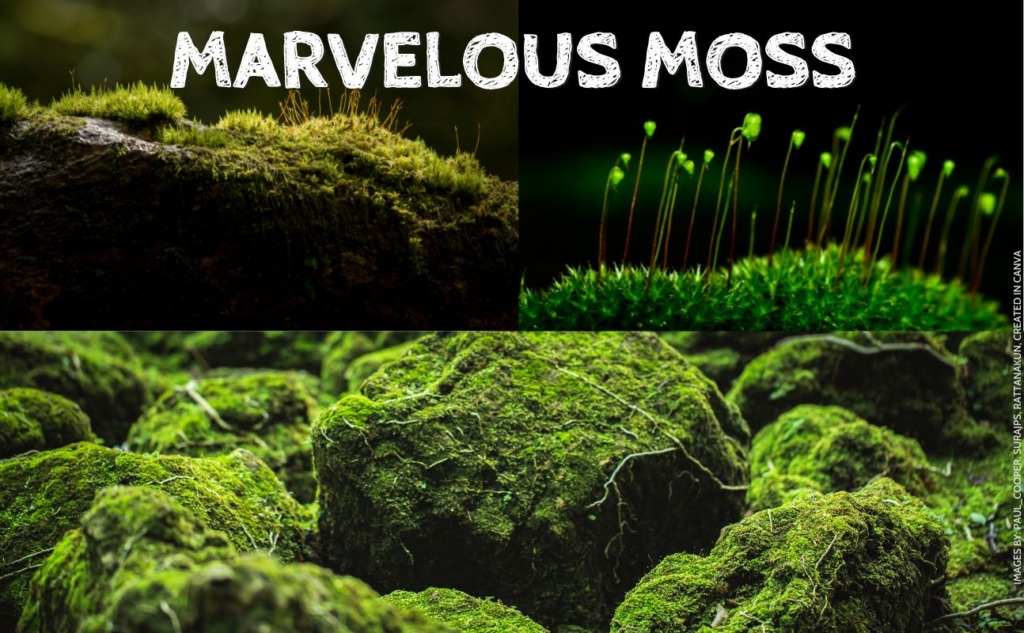
What is moss?
Here is the first thing that Wikipedia will tell you about moss: Mosses are small, non-vascular flowerless plants.
Let’s break that down:
- Mosses are plants. They have chlorophyll and they can make their own food using photosynthesis.
- Mosses are small. Most mosses are only 0.1–3.9 in (0.2–10 cm) tall. The tallest moss is approximately 24 inches (60 cm) tall.
- Mosses are non-vascular. This means that they do not have an internal vascular system for moving water and nutrients through their bodies that vascular plants like trees, shrubs, and grasses have.
Why should we care about moss?
Carpets of green, silver, and brown moss cover rocks and ground all around the world. But it is easy not to notice mosses.
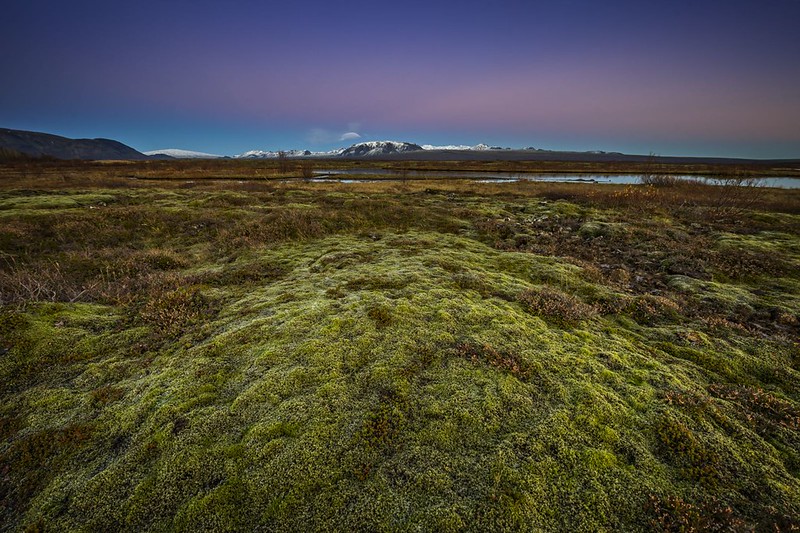
Okay, you are probably thinking, “Moss is small and boring, so what?” Moss is one of the ecosystem bosses of the planet, that’s what. Scientists are discovering that mosses help run the ecosystems of Earth.
Researchers recently conducted a global field study of mosses. They wanted to figure out how moss influences soil and ecosystem services in different environments on all seven continents. Ecosystem services are the benefits ecosystems provide to humans, like pollination, clean water, and oxygen to breathe.
The researchers found that mosses cover a China-sized area of the globe. There are at least 12,000 species of moss, and they have a significant impact on ecosystems and climate change.
Mosses can potentially add 6.43 billion metric tons of carbon to the soil globally. This amount is equivalent to the annual emissions of 2.68 billion cars. That is more cars than are thought to actually exist in the whole world.
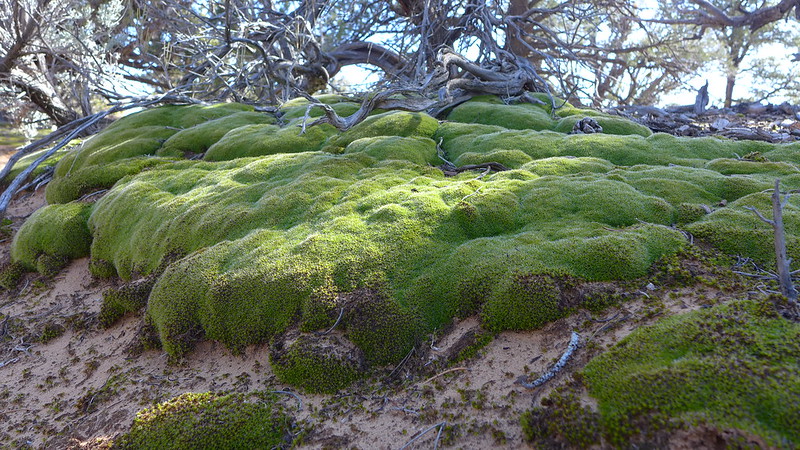
Mosses often live directly on top of soil. The researchers found that mosses benefit soils in many ways. Mosses cycle higher amounts of essential nutrients through the soil. Mosses in soil help break down dead organic matter faster than it would in bare soil. Mosses help reduce the number of harmful plant pathogens (disease-causing viruses and bacteria) in the soil.
Soil mosses affect surface microclimates (the climate found in a small specific area). Mosses change the soil temperature and moisture content. Changing the soil microclimate is likely how mosses help increase nutrient cycling, decomposition, and pathogen reduction in the soils.
In disturbed natural areas, mosses are often some of the first organisms to grow. These mosses help to restore the soil and bring back plant and animal life.
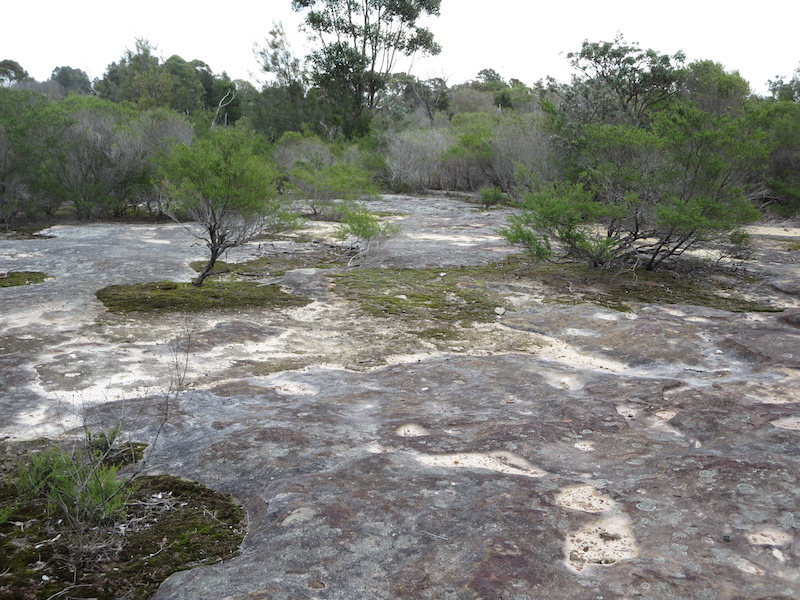
Take time to look at the moss
Mosses are often ignored. Although some species of mosses are listed on the IUCN Red List of Threatened Species, the group is not well-studied compared to other plant groups. This makes it challenging to understand the threats they face and the extent to which they need protection.
David John Eldridge, a professor of dryland ecology at the University of New South Wales in Australia, is one of the researchers who did the global moss study. He has some advice for how we can all start to appreciate moss and its importance:
“Have a look at the mosses when you’re walking down the footpath, pavement or sidewalk. They’re all over the place and all different colors, and often you’ll see little bugs walking amongst them…If you look, especially under a magnifying glass, you’ll see how beautiful these environments really are.”
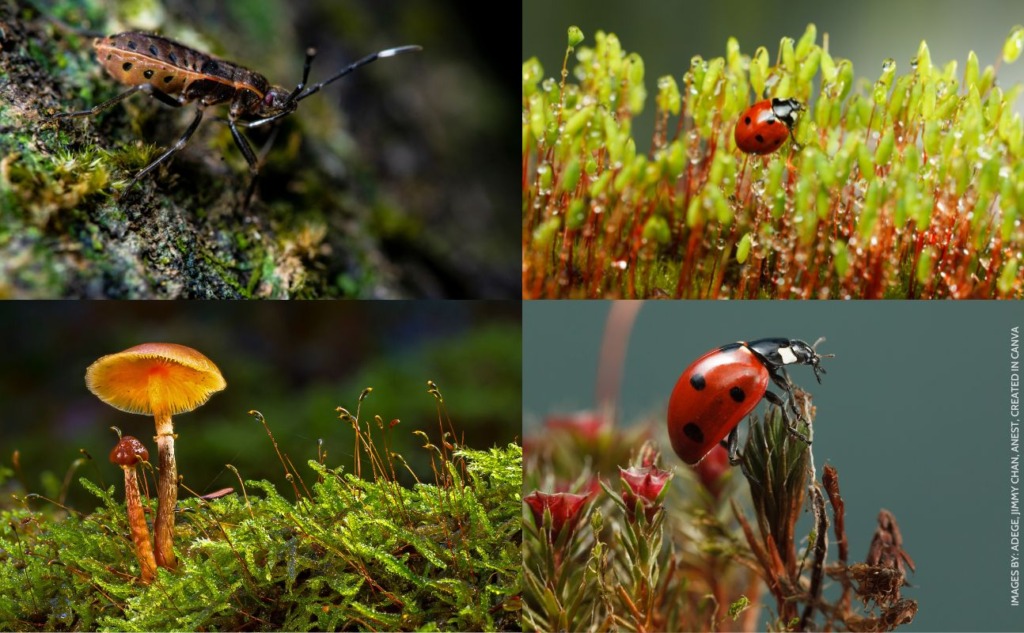
This story was adapted for Mongabay Kids. It is based on an article by Liz Kimbrough, published on Mongabay News:
Citation:
Eldridge, D. J., Guirado, E., Reich, P. B., Ochoa-Hueso, R., Berdugo, M., Sáez-Sandino, T., … Delgado-Baquerizo, M. (2023). The global contribution of soil mosses to ecosystem services. Nature Geoscience, 1-9. doi:10.1038/s41561-023-01170-x

